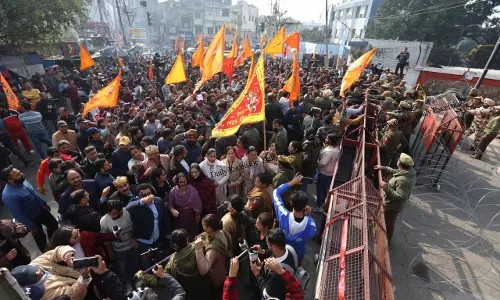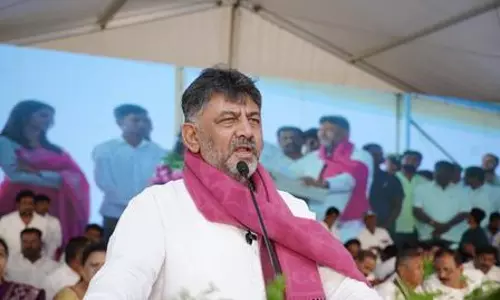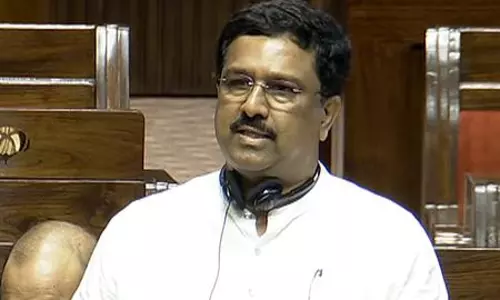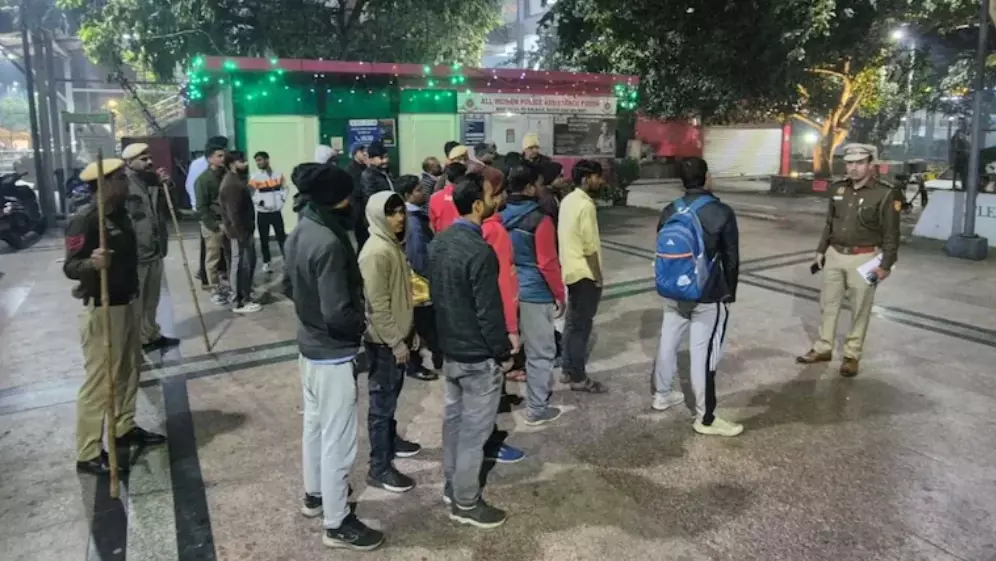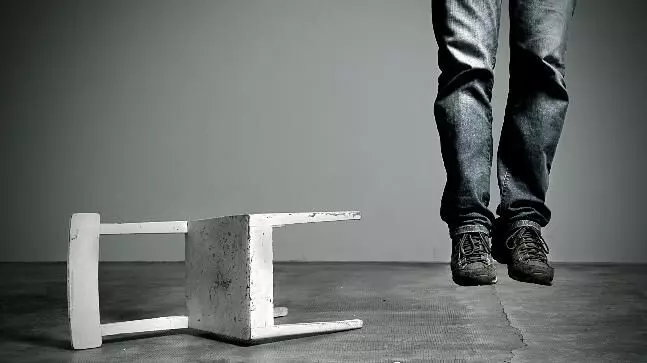
Rising suicides in Kerala
text_fieldsOne of them is what comes to be discussed today, 10 September observed as World Suicide Prevention Day. Kerala is now caught in such a paradox that most of the merits that the state brags about serve only to produce just the opposite effect. For, experience tells us that in areas like literacy, education, job opportunities, working conditions and social atmosphere, all its achievements become counter-productive - by putting the population in a trap of suicides. With the higher achievements in literacy and education, the unhealthy competitive urge that accompany it and unrealistic ambitions push many to violence and suicide. When labour and livelihood became scarce in Kerala, Malayalis migrated from alien land to alien land. When the foreign exchange and higher standard of living that came with such migrations gave them no time before they all threw society to social maladies, as they made a plunge for quick results. The advances made by the state in computer literacy and infrastructure also led many to fall into the pitfalls of misusing of such technology to tragic results.
Kerala has become one of the top five states/union territories in the number of suicides during 2019. 8,556 people ended their lives last year, which is above the national average; the national figure of suicides per lakh of population is 10.4, whereas in Kerala it was 24.3. In 2018 this was lower at 23.5, when 8237 died of suicide. In the rate of urban suicides also, Kerala is above the national average. Kollam has become the town with the highest number of suicides in the country, standing on a par with Asansol in West Bengal which has the second largest population density in the country. 457 suicides were reported in Kollam during the year. The rate of suicide in other cities of Kerala are Thrissur-405, Thiruvananthapuram-331, Kozhikode-258, Kochi-221. 10.4 per cent of them had education to the level of secondary school or higher. Unemployed constituted 14 per cent. When 11 families committed suicide in group, among female suicides more than half (51.5 per cent) were by home makers. Family problems have been the cause of 3655 of suicides in Kerala while 974 did it for misery of disease and 792 due to addiction to alcohol and drugs. Other major causes were debt burden, frustration of love, matrimonial crisis and death of dear ones.
Statstics in all this have been showing a steady increase, without much variation in the causes of suicide. But the pertinent question is what the government of the state and civil society have done to mitigate the impact of this tragedy and to prevent more people being pushed to the valley of suicide. One of the ways to combat suicidal tendencies adopted the world over is to strictly control the means of suicide. The majority of suicides in Kerala is of youth who also form the majority in alcohol dependence. Expert opinion is that out of 100 alcoholics, at least 15 people end up in suicide. Still the government is in a race to increase availability of alcohol, which speaks for the government's not taking the menace of suicide seriously enough even now. Despite 8,000-plus lives being lost in suicide, the government has not yet been able to formulate a suicide prevention policy. As for the society, although they recognize that the situation is mainly due to the transformations in the educational, employment and domestic conditions, they do not absorb this understanding as a conviction to work on or use it as a basis for any individual or collective effort for a solution. If this continues, no one can save Kerala.




